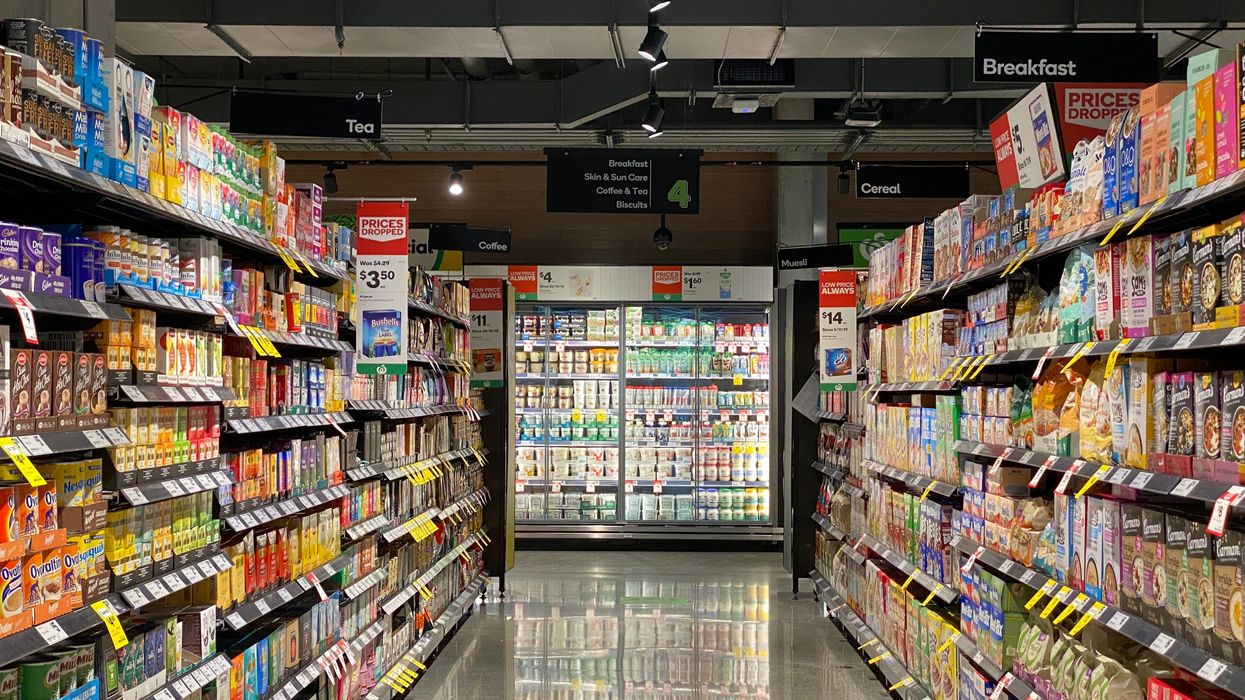Retail Channels
16 March 2023
eGrocery sales rise 1.5% as Walmart gains
Monthly active users rose 5%, according to data from Brick Meets Click and Mercatus.

Photo by Franki Chamaki on Unsplash
Monthly active users rose 5%, according to data from Brick Meets Click and Mercatus.

eGrocery sales rose in February, as more users signed on for services like pickup and delivery.
Data from Brick Meets Click and Mercatus for February 2023 showed the following:

The gain in users continued a growth trend that was also evident last year in February, when the number of people ordering only increased 10%. Average order value also increased 5%, indicating spending was up. But this came as volumes declined, as the number of orders fell by 9% to reach its lowest level since before the pandemic.
“The expanding user base for online grocery illustrates its growing reach, but the changing role it plays is evident from contractions in the use of multiple receiving methods and average order frequency, which mostly muted the gains in reach,” said David Bishop, partner at Brick Meets Click, in a statement.
In grocery ecommerce, mass retailers like Walmart and Target are continuing to attract a growing number of shoppers as they improve omnichannel capabilities, and offer price relief amid inflation.
The monthly active user base for mass grew 20% year-over-year in February. This came after a big jump in January, as well. By contrast, the grocery user base declined in the mid-to-upper single digits, per BMC.
“The changes in the mass and grocery user bases illustrate what could be characterized as a ‘flight to value’ as shoppers deal with persistently higher grocery prices,” Bishop said. “Another sign of inflation’s impact on eGrocery ordering patterns is the continued growth that pickup has experienced over the last few months, while delivery has encountered a pullback in users.”
Walmart has boasted gains among higher-income consumers, and there are signs in the data that the largest retailer is the chief beneficiary of the surge toward mass. The number of shoppers who went to both Walmart and a grocery store was up about 5% to almost 22% in February. Meanwhile, cross-shopping with Target declined by nearly three percentage points.
Walmart’s share gains during a downturn may provide a lesson for all.
“Given that ongoing price inflation is clearly influencing shopping behaviors, grocers should promote ways customers can save more money,” said Sylvain Perrier, president and CEO of Mercatus. “Grocery retailers can consider highlighting store brands, offering pricing promotions, creating personalized digital coupons, and implementing variable fee structures that lower fees for customers and reduce the cost to assemble.”
Campbell Soup Company CEO Mark Clouse offered thoughts on messaging amid inflationary shifts in consumer behavior.
After months of elevated inflation and interest rate hikes that have the potential to cool demand, consumers are showing more signs of shifting behavior.
It’s showing up in retail sales data, but there’s also evidence in the observations of the brands responsible for grocery store staples.
The latest example came this week from Campbell Soup Company. CEO Mark Clouse told analysts that the consumer continues to be “resilient” despite continued price increases on food, but found that “consumers are beginning to feel that pressure” as time goes on.
This shows up in the categories they are buying. Overall, Clouse said Campbell sees a shift toward shelf-stable items, and away from more expensive prepared foods.
There is also change in when they make purchases. People are buying more at the beginning of the month. That’s because they are stretching paychecks as long as possible.
These shifts change how the company is communicating with consumers.
Clouse said the changes in behavior are an opportunity to “focus on value within our messaging without necessarily having to chase pricing all the way down.”
“No question that it's important that we protect affordability and that we make that relevant in the categories that we're in," Clouse said. "But I also think there's a lot of ways to frame value in different ways, right?”
A meal cooked with condensed soup may be cheaper than picking up a frozen item or ordering out. Consumers just need a reminder. Even within Campbell’s own portfolio, the company can elevate brands that have more value now, even if they may not always get the limelight.
The open question is whether the shift in behavior will begin to show up in the results of the companies that have raised prices. Campbell’s overall net sales grew 5% for the quarter ended April 30, while gross profit margins held steady around 30%. But the category-level results were more uneven. U.S. soup sales declined 11%, though the company said that was owed to comparisons with the quarter when supply chains reopened a year ago and expressed confidence that the category is seeing a longer-term resurgence as more people cook at home following the pandemic. Snacks, which includes Goldfish and Pepperidge Farm, were up 12% And while net sales increased overall, the amount of products people are buying is declining. Volumes were down 7%.
These are trends happening across the grocery store. Campbell is continuing to compete. It is leading with iconic brands, and a host of different ways to consume them. It is following that up with innovation that makes the products stand out. Then, it is driving home messaging that shows consumers how to fit the products into their lives, and even their tightening spending plans.
Campbell Soup is more than 150 years old, and has seen plenty of difficult economic environments. It is also a different business today, and will continue to evolve. At the end of the day, continued execution is what’s required.
“If it's good food, people are going to buy it, especially if it's a great value,” Clouse said.